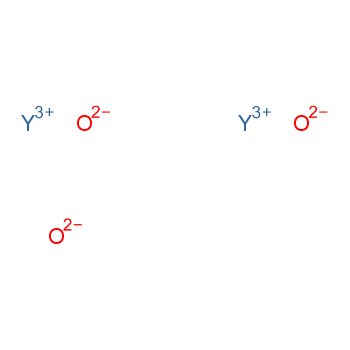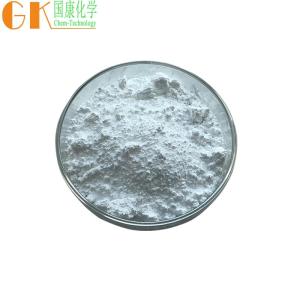Yttrium oxide, with the chemical formula Y2O3 and CAS registry number 1314-36-9, is a compound known for its role as a rare earth oxide. This white solid, also referred to as yttria, is characterized by its high melting point and excellent thermal stability. Yttrium oxide is commonly used as a component in phosphors, ceramics, and glass, where it imparts desirable properties such as high refractive index and low thermal expansion. It is also used as a catalyst in various chemical reactions and as a dopant in materials for solid-state electronics. Yttrium oxide has been studied for its potential applications in fuel cells, lasers, and superconductors. It is an important compound in the field of materials science and technology, contributing to the development of advanced materials with unique properties.
View more+
1. Names and Identifiers
2. Properties
3. Use and Manufacturing
4. Safety and Handling
5. MSDS
6. Computed Properties
9. Related Questions
10. Realated Product Infomation

 EN
EN


